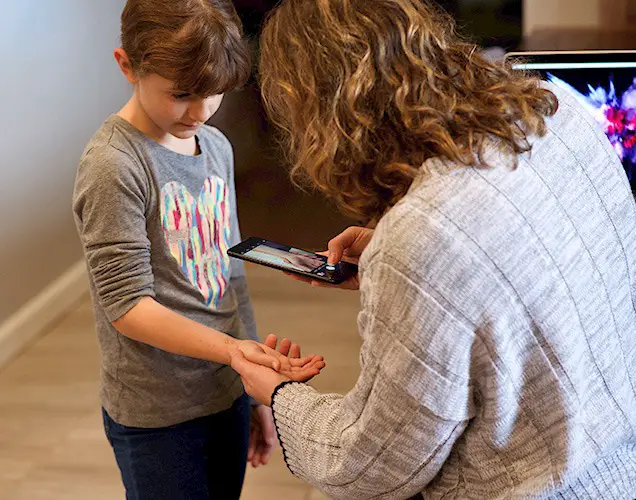

We are facing a global healthcare crisis unlike any in our recent history. Within the span of a few short weeks, we saw our lives and practices drastically change. COVID-19 has fundamentally altered how medical care is delivered today and possibly for many years to come. We as clinicians need to rise to the challenge to provide the best possible care in this time of change and uncertainty. This includes adjusting the way we communicate with patients, adapting to the evolving landscape of telehealth, and incorporating new technologies into our daily medical practice to drive improved care and efficiency.
The Role of Clinical Decision Support in Telemedicine
Tens of thousands of doctors, physician assistants, and nurse practitioners are now using telemedicine for the first time. How do we maintain our exacting standards of clinical excellence in evaluating and educating patients from afar? We must find new ways to facilitate patient interaction and engagement as we administer care virtually. Now more than ever before, we need the right tools and technology.
The use of tools such as clinical decision support software during virtual care visits can aid in the diagnosis, guide therapeutic decision-making, and enhance patient engagement while helping to keep as many patients as possible out of the acute care setting. It can assist in triaging patients with suspected COVID-19 as well as help with the diagnosis and management of patients with non-COVID-19 illnesses that require care. And it can help us deliver knowledge (patient information, medical images, and illustrations) to the patient via screen sharing and e-mail.
Trust Begins with Transparency
It is imperative that we find ways to build patient trust and confidence and reduce patient anxiety in the virtual environment. Clinical decision support, both during an in-person patient encounter and using telehealth services, facilitates greater transparency. We can show patients on the screen the set of diseases in our differential, thus bringing them into the diagnostic process; share images representative of their conditions, and show words describing their symptoms.
We have made much progress in moving away from a paternalistic system of care delivery to one of partnership with the patient, where we allow and encourage patients to be more active participants in their healthcare decisions. We must continue to move toward a holistic system of care that is problem-oriented and patient-focused. We can transform the limitations imposed by the COVID-19 pandemic into opportunities. The rapid adoption of telehealth platforms by providers’ and patients’ necessary acceptance of virtual appointments instead of office visits sets the stage. In training healthcare providers and students on decision-making tools that support virtual care delivery, we can further normalize their use as well as the sharing of information at the point of care.
The Dermatology Example

Today we are seeing a lot more live telemedicine in dermatology, and as a result, more referring providers and specialists are using decision support to provide an essential second opinion, acting as the co-pilot in the cockpit. This is not without challenges. What we see on the patient’s skin is of great importance. In the absence of an in-person visit, it’s essential to have clear, in-focus images of the lesion in order to ascertain the morphology and diagnose a patient’s skin condition when they are not physically in the exam room. Educating the patient in advance on best skin photography practices is key for empowering patients to improve the overall telehealth experience. Other specialties may need to educate patients in other ways to improve the experience.
The Future
This crisis has upset traditional models of delivering healthcare in all specialties, accelerating our use of telemedicine and technology. It is critical for our industry to implement proven strategies to optimize this burgeoning technology. Clinical decision support is a great example of an essential “cockpit tool” to assist providers in evaluating, diagnosing, and managing treatment strategies for patients as well as educating and building trust. We must embrace our future as information intensivists, expertly equipped to logically handle massive amounts of information. In doing so, we can emerge from the pandemic stronger than before, with a renewed sense of purpose and with a new set of tools to connect with and treat our patients.
About Art Papier
Art Papier, MD, is Co-Founder and CEO of VisualDx, a University of Rochester affiliated medical informatics company.